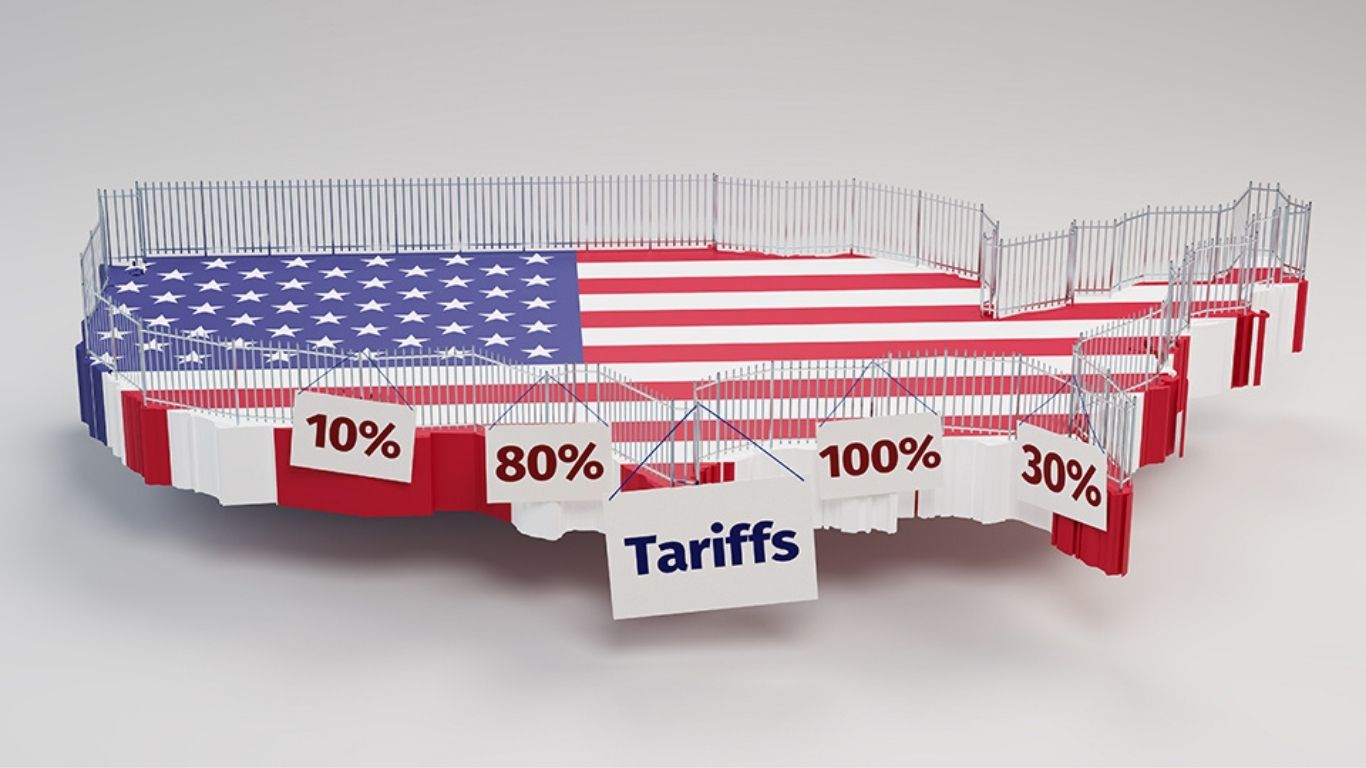The Tariff Escalation: Trump’s New Weapon
Donald Trump, the former US president, has never been one to back down from a fight—especially when it comes to trade. In his latest move, he declared he would retaliate against the European Union’s counter-tariffs following his 25% import duties on steel and aluminum. When pressed for details, his response was blunt: “Of course, I’m going to respond.” What that response entails, however, remains a mystery.
Before easing the tariffs to 25%, Trump initially threatened to double them to 50% on Canadian steel and aluminum. But after Ontario suspended an electricity surcharge that affected US firms, he seemingly backed down. This pattern of brinkmanship isn’t new, but its consequences are increasingly severe.
Global Backlash: The EU Strikes Back
Predictably, the world didn’t take Trump’s tariffs sitting down. The European Union fired back with countermeasures, slapping import duties on €26 billion worth of US goods. The move, the EU Commission declared, was proportional—matching the economic impact of Trump’s tariffs dollar-for-dollar.
More waves of tariffs are coming: The EU plans to impose duties on €8 billion worth of US products starting April 1, with an additional €18 billion to follow in mid-April.
“The Commission regrets the US decision to impose such tariffs, considering them unjustified, disruptive to transatlantic trade, and harmful to businesses and consumers, often resulting in higher prices,” the European Commission stated. Yet, the door isn’t completely shut: the EU says it remains open to negotiations—if the US is willing to play ball.
Canada Fights Back: Dollar-for-Dollar Retaliation
Not to be outdone, Canada responded in kind, imposing fresh 25% tariffs on US-made goods worth C$30 billion (€19 billion).
Breaking it down, the countermeasures include:
- C$12.6 billion (€8.05 billion) on steel products
- C$3 billion (€1.9 billion) on aluminum
- C$14.2 billion (€9.1 billion) on other goods
The message was clear: if Trump wants a trade war, Canada is ready. Canada remains the largest steel exporter to the US, with Mexico, Brazil, and China trailing behind.
Elsewhere, other nations hesitated. The UK’s Prime Minister, Keir Starmer, said Britain is “keeping all options on the table” while negotiating a trade deal that could include tariffs. Australia’s Anthony Albanese called Trump’s actions “entirely unjustified.” China? It stayed cryptic, saying the US “owed a big thank you” to Beijing for helping curb the fentanyl trade—a statement that, while intriguing, offered no clear stance on the tariffs.
The Market’s Rollercoaster Ride
Despite the chaos, the US stock market staged a surprising recovery. The S&P 500 rose 0.5%, rebounding from near-correction territory, led by big tech stocks. Meanwhile, the US dollar weakened against G10 currencies as investors anticipated a possible Federal Reserve rate cut.
But some experts are skeptical. Michael Brown, senior analyst at Pepperstone, warned that the market rally could be short-lived, with economic uncertainty looming large. He expects gold prices to hit new highs as investors flee to safe-haven assets.
Meanwhile, Europe’s markets continued to outperform their global peers, largely due to expectations that the EU might relax fiscal rules for defense spending. The euro, while slightly lower against the dollar, held strong at a four-month high of just under 1.09.
Asia’s Mixed Bag: Who Wins and Who Loses?
In Asia, the response was varied. Japan’s Nikkei 225 and South Korea’s Kospi posted gains, while Australia’s ASX 200 and China’s Hang Seng Index slumped. The divergence reflects ongoing fears that Trump’s tariff war could escalate further, dragging down global supply chains in the process.
For now, world leaders are playing a waiting game, watching to see whether Trump’s hardball tactics will force the EU and Canada to the negotiating table—or push the world into a full-blown trade war.
The Big Picture: Who Blinks First?
Trump thrives on chaos. But the question is: does he have an endgame?
So far, the US has thrown the first punch in this fight, but the EU and Canada have made it clear they won’t back down. With retaliatory tariffs piling up, businesses and consumers across all affected nations will ultimately pay the price. If this escalates, expect higher costs, more economic uncertainty, and a global economy held hostage by political brinkmanship.
Will Trump backpedal, or will he dig in his heels? More importantly—who blinks first?




